Riccardo Satta
Example and Feature importance-based Explanations for Black-box Machine Learning Models
Dec 21, 2018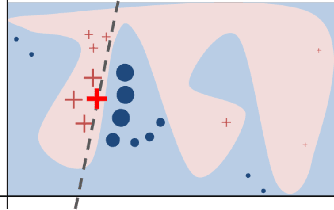
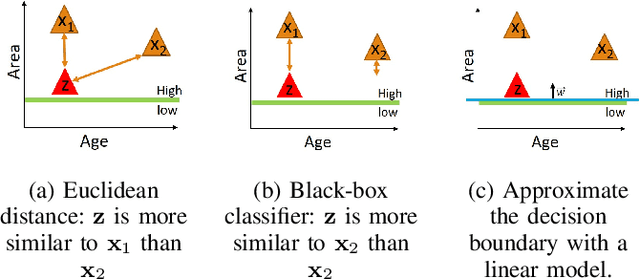
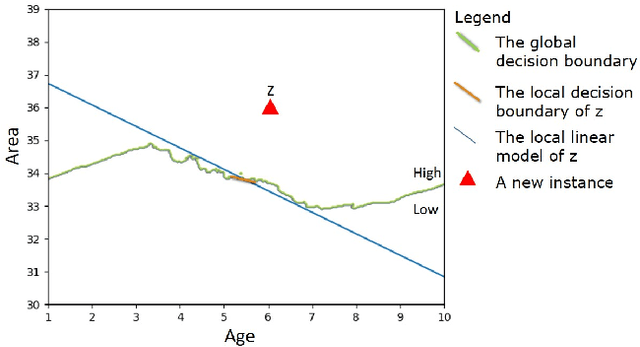

Abstract:As machine learning models become more accurate, they typically become more complex and uninterpretable by humans. The black-box character of these models holds back its acceptance in practice, especially in high-risk domains where the consequences of failure could be catastrophic such as health-care or defense. Providing understandable and useful explanations behind ML models or predictions can increase the trust of the user. Example-based reasoning, which entails leveraging previous experience with analogous tasks to make a decision, is a well known strategy for problem solving and justification. This work presents a new explanation extraction method called LEAFAGE, for a prediction made by any black-box ML model. The explanation consists of the visualization of similar examples from the training set and the importance of each feature. Moreover, these explanations are contrastive which aims to take the expectations of the user into account. LEAFAGE is evaluated in terms of fidelity to the underlying black-box model and usefulness to the user. The results showed that LEAFAGE performs overall better than the current state-of-the-art method LIME in terms of fidelity, on ML models with non-linear decision boundary. A user-study was conducted which focused on revealing the differences between example-based and feature importance-based explanations. It showed that example-based explanations performed significantly better than feature importance-based explanation, in terms of perceived transparency, information sufficiency, competence and confidence. Counter-intuitively, when the gained knowledge of the participants was tested, it showed that they learned less about the black-box model after seeing a feature importance-based explanation than seeing no explanation at all. The participants found feature importance-based explanation vague and hard to generalize it to other instances.
A dissimilarity-based approach to predictive maintenance with application to HVAC systems
Jan 13, 2017



Abstract:The goal of predictive maintenance is to forecast the occurrence of faults of an appliance, in order to proactively take the necessary actions to ensure its availability. In many application scenarios, predictive maintenance is applied to a set of homogeneous appliances. In this paper, we firstly review taxonomies and main methodologies currently used for condition-based maintenance; secondly, we argue that the mutual dissimilarities of the behaviours of all appliances of this set (the "cohort") can be exploited to detect upcoming faults. Specifically, inspired by dissimilarity-based representations, we propose a novel machine learning approach based on the analysis of concurrent mutual differences of the measurements coming from the cohort. We evaluate our method over one year of historical data from a cohort of 17 HVAC (Heating, Ventilation and Air Conditioning) systems installed in an Italian hospital. We show that certain kinds of faults can be foreseen with an accuracy, measured in terms of area under the ROC curve, as high as 0.96.
Appearance Descriptors for Person Re-identification: a Comprehensive Review
Jul 22, 2013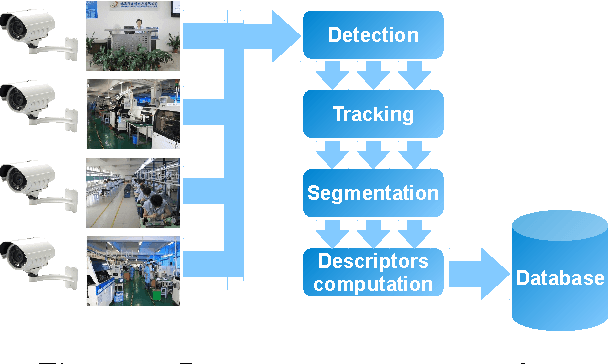
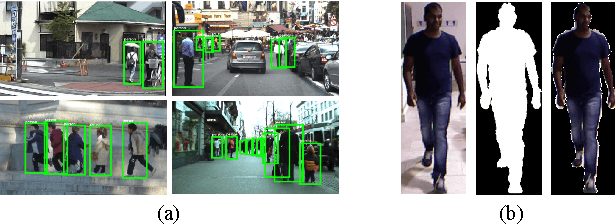

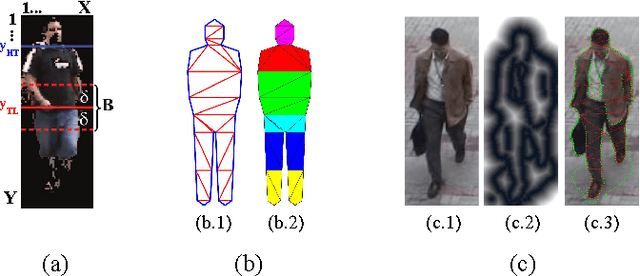
Abstract:In video-surveillance, person re-identification is the task of recognising whether an individual has already been observed over a network of cameras. Typically, this is achieved by exploiting the clothing appearance, as classical biometric traits like the face are impractical in real-world video surveillance scenarios. Clothing appearance is represented by means of low-level \textit{local} and/or \textit{global} features of the image, usually extracted according to some part-based body model to treat different body parts (e.g. torso and legs) independently. This paper provides a comprehensive review of current approaches to build appearance descriptors for person re-identification. The most relevant techniques are described in detail, and categorised according to the body models and features used. The aim of this work is to provide a structured body of knowledge and a starting point for researchers willing to conduct novel investigations on this challenging topic.
A Multiple Component Matching Framework for Person Re-Identification
Jun 23, 2011



Abstract:Person re-identification consists in recognizing an individual that has already been observed over a network of cameras. It is a novel and challenging research topic in computer vision, for which no reference framework exists yet. Despite this, previous works share similar representations of human body based on part decomposition and the implicit concept of multiple instances. Building on these similarities, we propose a Multiple Component Matching (MCM) framework for the person re-identification problem, which is inspired by Multiple Component Learning, a framework recently proposed for object detection. We show that previous techniques for person re-identification can be considered particular implementations of our MCM framework. We then present a novel person re-identification technique as a direct, simple implementation of our framework, focused in particular on robustness to varying lighting conditions, and show that it can attain state of the art performances.
 Add to Chrome
Add to Chrome Add to Firefox
Add to Firefox Add to Edge
Add to Edge